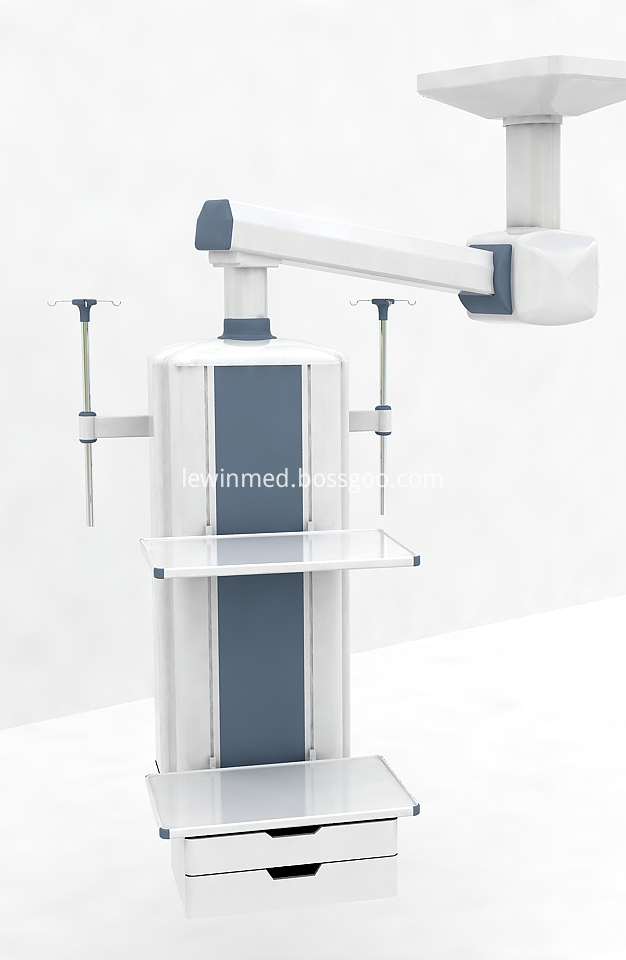Single Arm Electric Surgical Pendant
Single Arm Electric Medical Pendant,The control cabinet of the tower crane adopt the imported high-strength aluminum alloy of patent technology for the one-off extrusion molding, and the surface undergoes the primary oxidation treatment.The tray surface is non-slip. Mechanical friction damping brake.The imported electrical machine is adopted , and the rising and rotation function of the electric horizontal cantilever can accurately position without excursion.The gas pipeline, power supply and computer communication line are separately arranged without interference.

Single Arm Electric Surgical Pendant,Single Arm Anesthesia Pendant,Single Arm Ceiling Pendant,Single Arm Medical Gas Pendant
Shandong Lewin Medical Equipment Co., Ltd. , https://www.lewinmed.com